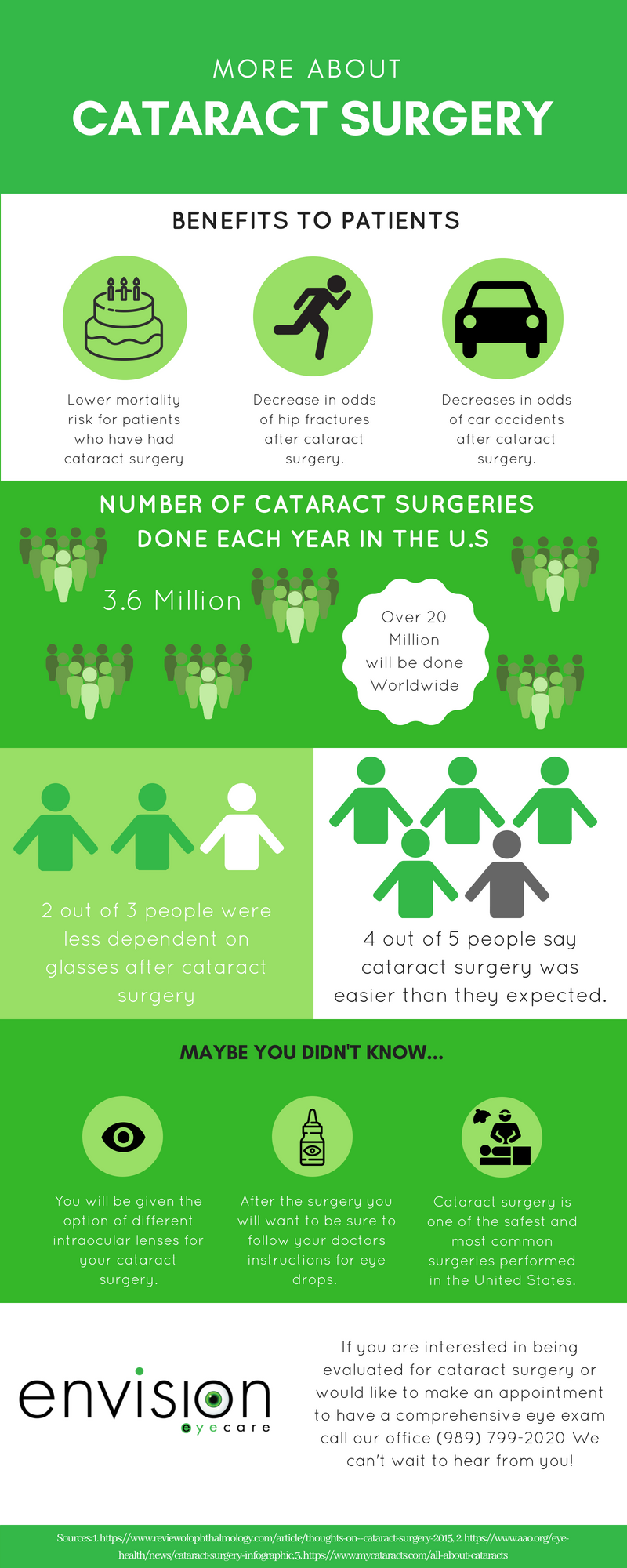Refractive Lens Exchange Uncovered: Secret Details Your Eye Doctor May Not Reveal
Refractive Lens Exchange Uncovered: Secret Details Your Eye Doctor May Not Reveal
Blog Article
Staff Author-Hendricks Dunlap
Have you ever before considered Refractive Lens Exchange (RLE) as an alternative for vision improvement? While it isn't as widely gone over as LASIK, RLE could be a game-changer for your eyesight. Many individuals overlook its benefits, believing traditional approaches are their only option. But what are the genuine advantages, and what might your optometrist not be informing you regarding this procedure? Let's check out the ins and outs of RLE with each other.
Comprehending Refractive Lens Exchange: The Basics
Refractive lens exchange (RLE) is a procedure that can significantly improve your vision, especially if you're handling presbyopia or extreme refractive errors.
During RLE, your eye surgeon removes your eye's natural lens and replaces it with a synthetic one tailored to your vision needs. This treatment can fix nearsightedness, farsightedness, and astigmatism, providing you more clear vision without depending on glasses or call lenses.
The surgery is typically fast, taking less than an hour, and many people experience very little pain. Healing is relatively quickly, allowing you to go back to your day-to-day tasks soon after.
If you're taking into consideration RLE, speaking with your ophthalmologist can help you establish if it's the right selection for you.
Secret Differences In Between RLE and Standard Cataract Surgical Procedure
While both refractive lens exchange (RLE) and standard cataract surgery involve replacing the eye's all-natural lens, their primary goals and client accounts differ dramatically.
RLE is aimed at individuals looking for to reduce their dependancy on glasses or call lenses as a result of refractive errors, commonly prior to cataracts create. In contrast, typical cataract surgical treatment typically targets individuals that have actually created cataracts, which cloud the lens and impair vision.
The lenses made use of in RLE can offer a broader range of vision adjustment, while standard cataract surgery typically entails fundamental monofocal lenses.
Furthermore, RLE candidates are commonly younger and in great general health and wellness, whereas cataract individuals may be older and have various other health concerns.
Selecting the right treatment depends on your particular vision needs and conditions.
Possible Benefits and Factors To Consider of RLE
If you're taking into consideration refractive lens exchange (RLE), you'll find several prospective benefits that might boost your quality of life.
RLE can provide you with clearer vision, reducing or getting rid of the requirement for glasses or get in touch with lenses. It uses a chance to deal with presbyopia and other refractive errors simultaneously, frequently enhancing your general visual acuity.
Additionally, RLE can be a wonderful alternative if you're not a suitable candidate for LASIK. Nevertheless, it is essential to evaluate the factors to consider, like the expense, possible dangers, and the recuperation duration.
Discussing your specific demands with your eye doctor can assist you make a notified choice, ensuring you choose the very best path for your vision modification.
Verdict
To conclude, refractive lens exchange uses an one-of-a-kind option for vision improvement that exceeds what LASIK can give. It's essential to evaluate the benefits versus possible risks and prices before deciding. Do not hesitate to ask https://www.ophthalmologytimes.com/view/celebrating-pivotal-moment-laser-vision-correction-history to guarantee you fully understand the treatment and its implications for your vision. With the appropriate information, you can with confidence select the best choice for your eyes and way of life.
